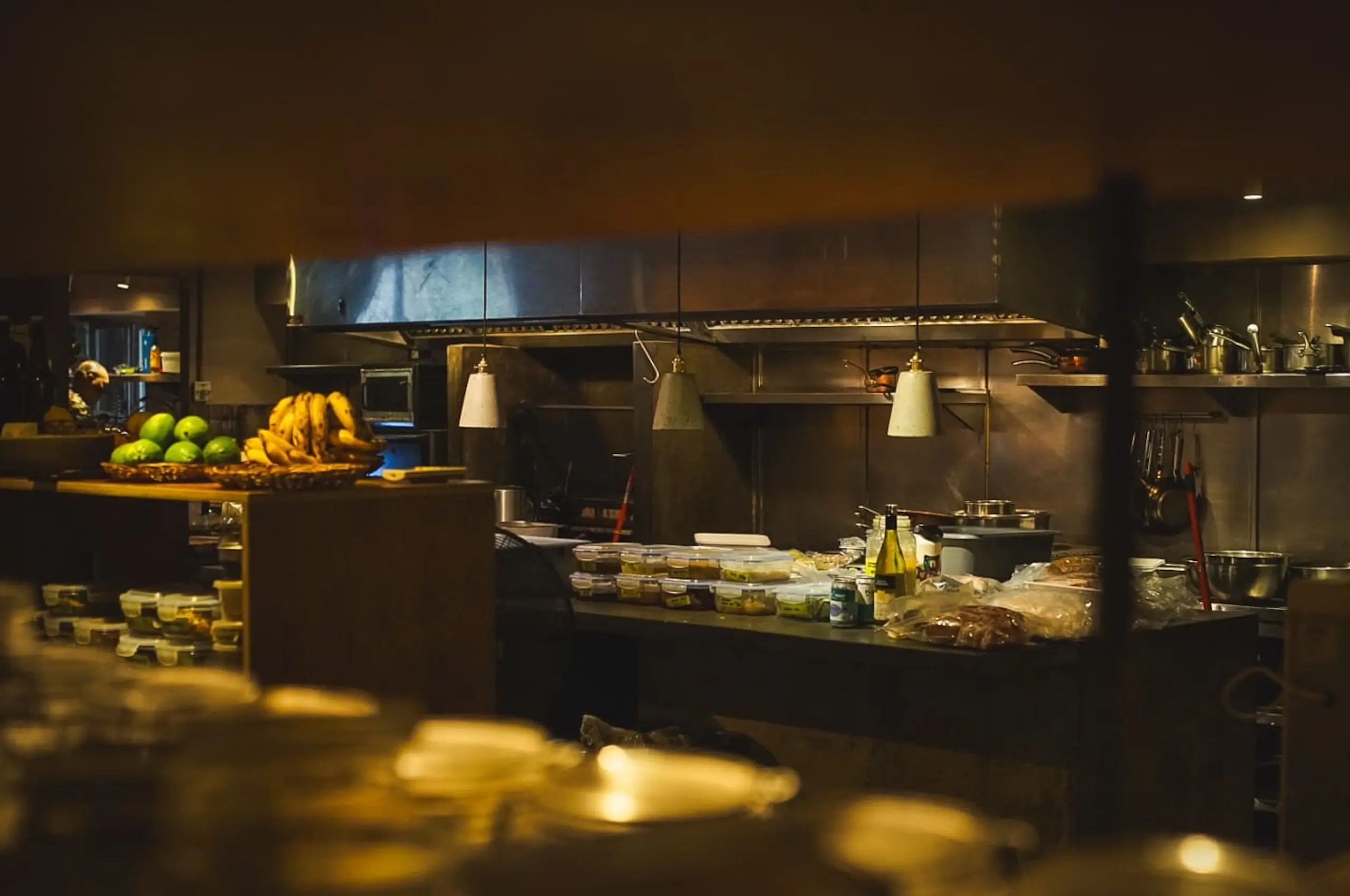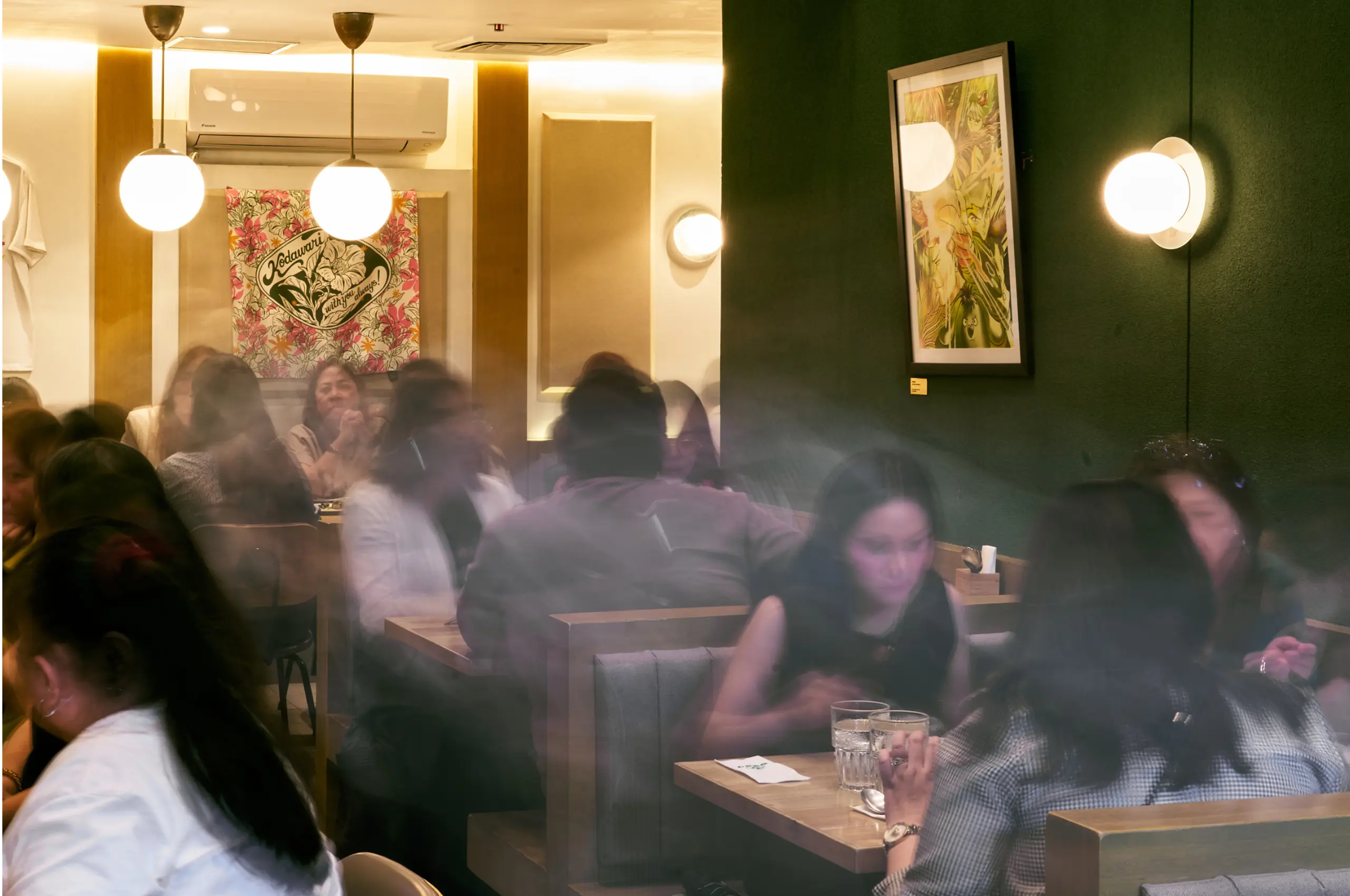As a newcomer to Manila’s dining scene, I quickly learned one thing: everyone’s a self-proclaimed food critic. Ask for dinner recommendations, and you’ll be overwhelmed by a noisy chorus of friends, friends of friends, and friendly distant acquaintances, each claiming to know the best hidden spots, the most sulit orders, and exactly what’s soaring or flopping in the city’s culinary landscape.
Sifting through dozens of FoodTok videos, Tripadvisor posts, or personally written recommendation lists sent to me by aspiring epicureans, I am often left thinking I know less than when I started. When I ask these same foodies how they feel about the state of dining in Manila, responses usually fall into two camps: a vague “Manila’s getting there” or a disgruntled “Manila just isn’t what it used to be.”
Well, which is it? And why are we so hard on our capital’s dining scene? Is it because we place immense pressure on the city to make a flawless first impression — especially since, for many visitors, the capital is often their first introduction to the Philippines? Or is it because of the arrival of the Michelin Guide, which raises the stakes and pushes Manila, as well as Pampanga, Tagaytay, Cavite, and Cebu, into a much harsher culinary spotlight? Either way, Manila seems to be missing something as a food city, and we just can’t quite put our finger on it.
To cut through the chatter, I spoke with five culinary insiders deeply embedded in Manila’s dining scene. Having experienced the scene’s highs and lows every day — and continuing to shape it with their work — they offered their takes on what’s missing and what could drive Manila’s food culture forward. While their perspectives don’t provide all the answers, they offer clear, honest insights into the challenges the city faces, including what lies ahead.
Talk to Me
For Stephan Duhesme, the chef behind the modern Filipino restaurant Metiz and the experimental Filipino concept kitchen Automat, the answer is simple: eliminate the divide between kitchen and table, and let the food speak for both.
“You know that feeling when you go into a restaurant,” said Duhesme, “and you feel like you can have a proper conversation with the host or chef that’s across from you? Manila needs to make diners relate to the people who serve them their food. I think Manila needs that openness.”
True to his vision, Duhesme created Automat (his “second child,” as he calls it) to blur the lines between chef and diner. Located in Makati’s Karrivin Plaza, the intimate space seats only a handful of guests and features a warm, inviting chef’s counter alongside high tables designed for communal gathering. This setup fosters the “community-based dining experience” that Duhesme champions. While sharing bites of duck fat pandesal or Automat’s decadent take on kesong puti, diners can chat with chefs, ask questions, and strike up a conversation that they normally wouldn’t in a typical restaurant setting.
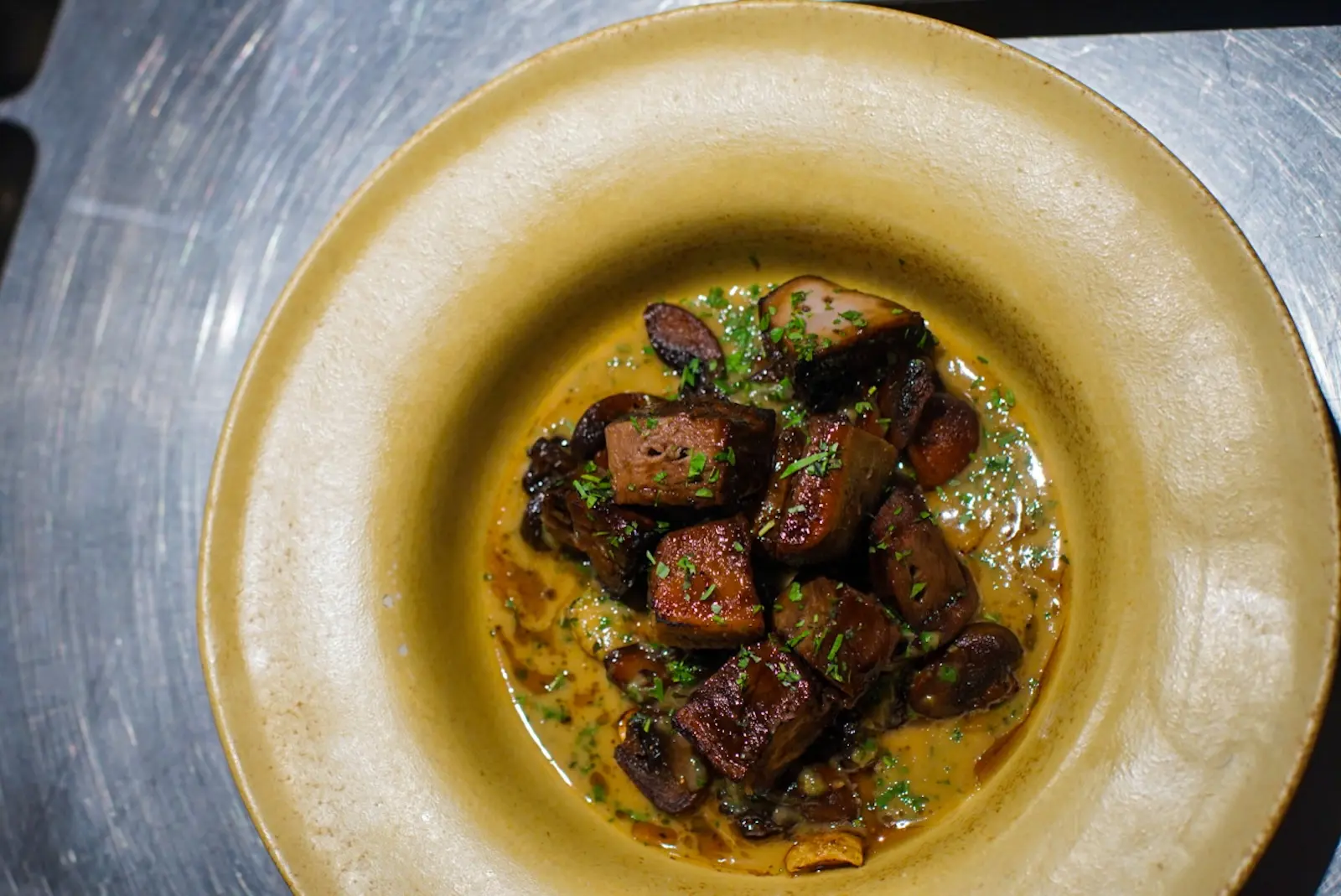
“We’re all still stuck in these weird [socio-economic] dynamics,” continued Duhesme, “and it’s still all related closely to fascism. I think in order to bring a restaurant into the present, we need to completely destroy the economic boundaries between servers and patrons. Being a chef doesn’t always mean a blue-collar job anymore. There are categories to it now, and there needs to be a transition in how we view the profession.”
Protecting Legacies

Ryan Morales Reyes (a.k.a. Ninong Ry), whose YouTube channel showcases cooking and explores the diverse cuisines of the Philippines, has amassed over two million subscribers since he rose to viral fame during the pandemic. Born in Malabon, the chef-slash-content-creator has earned a devoted following by breaking down Filipino staples like kare-kare, chicharon, and adobo with unfiltered honesty, making him a preeminent voice in the conversation about Filipino cuisine’s past, present, and future.
When asked what’s missing in the city’s dining scene, Reyes was quick to emphasize the need to turn our focus to Manila’s often overlooked street culture. “Gusto ko sana maging parang Thailand, or Vietnam, or Taiwan na maganda ang street food culture natin,” said Reyes. “A few years back nauso ang mga food parks… sabi ko, ito na siguro ‘yan, ito na ang magiging street food revolution natin.”
“It was a good start na pag-elevate ng street food natin,” continued Reyes, “pero hindi siya nag-materialize. Siguro business model, in the first place, hindi maganda… Pero hoping ako sa lifetime ko makita ko na gumanda pa, lumago, at lumawak ang street food culture natin.”
To help preserve the legacy of local street food, Reyes added that food tourism is necessary to empower locals as ambassadors of their community’s flavors and traditions. He sees content creators as key to preserving authentic food culture. “Everyone’s a content creator ngayon,” said Reyes, “and there’s nothing wrong with that. Maganda ang bagay na ‘yan. So sana lang matulungan nang konti sa marketing, kaunting-kaunting push lang.”
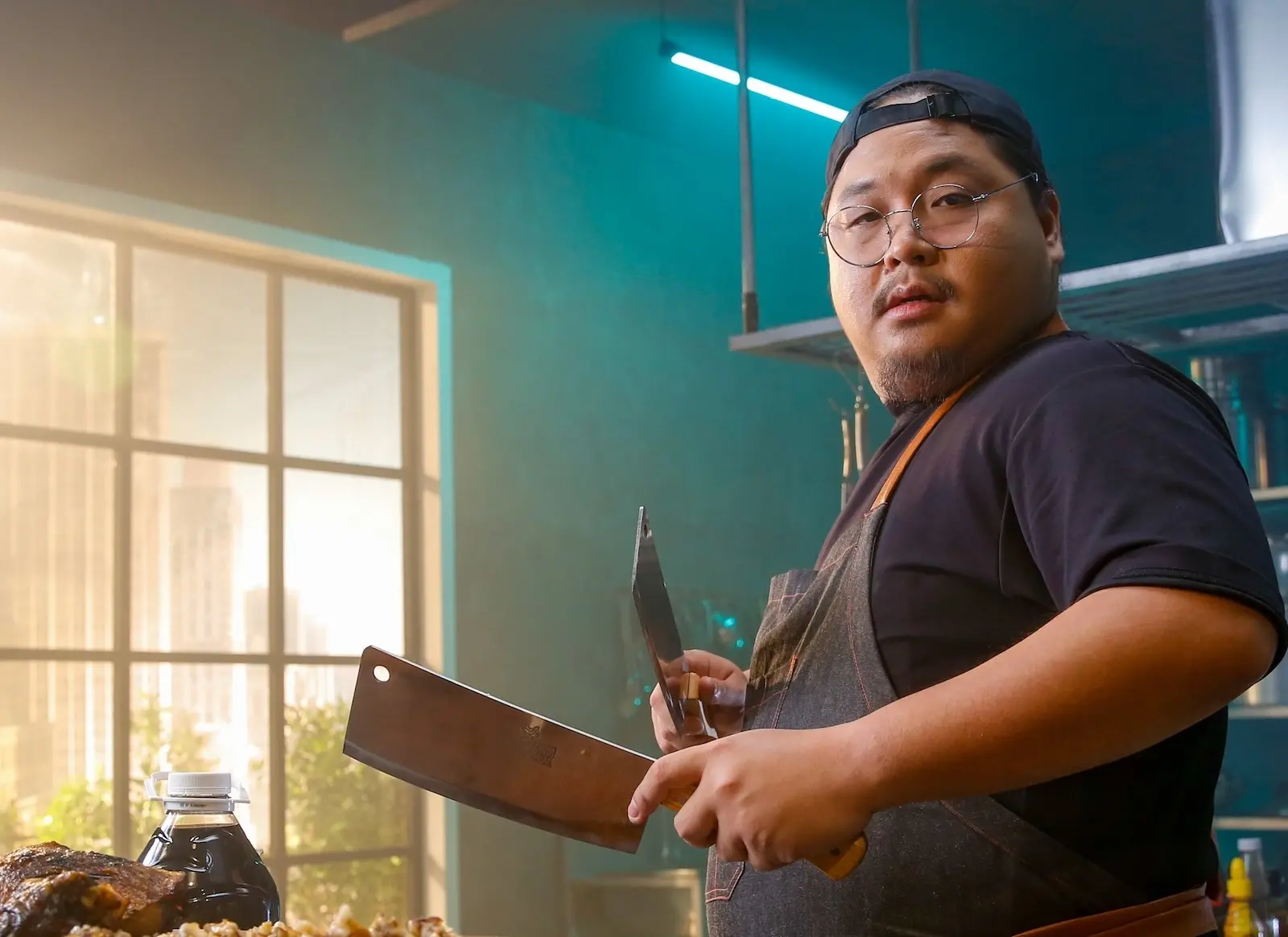
“Nakita ko talaga ang transition from social media being a personal endeavor, to something we have to keep watching,” continued Reyes. “Everyone cares about virality, alam mo ‘yan. And with food, virality is a good thing. Pagkain ang pinaka-encompassing sa lahat kasi lahat tayo kumakain. Umiikot ang buhay natin sa pagkain talaga. Whether it be for sustenance, or for pleasure, lahat tayo nabubuhay talaga tayo para sa pagkain. Naniniwala ako diyan.”
Grab and Go
For Ralph Sy, the founder and co-owner of bakery, café and commissary Goods from Scratch (a.k.a. Scratch), there is a joy that comes with biting into a sandwich made well. “You’ll laugh, but I’m obsessed with resort clubhouse sandwiches,” said Sy. “Like, the type you can only get when you’re by the beach and it comes with these really crisp fries and a cold Coke Zero. They’re so simple, but also so hard to make. I’ve been trying, but I’m just not there.”
Talking to Sy, it’s clear that every detail is important to him. Before diving into the missing pieces of Manila’s dining scene, Sy walked me through the elements that make up the perfect loaf of bread. It was only after we dissected the fine points of sourdough that Sy shifted to the gaps he sees in Manila’s food culture. Chief among them: the scarcity of solid grab-and-go food options. “I feel like there aren’t a lot of sandwich shops that survive in Manila,” said Sy. “I don’t know why. I feel like someone needs to do a proper deli, where you can buy salami by the kilo and get all your cheeses, but their main thing is selling good, well-made sandwiches.”
When asked why sandwich shops specifically, especially in a country where meals are typically rice-based and elaborate, Sy pointed to a need for convenience and versatility, qualities which he values in his own work at Scratch. “Sometimes, you just want something fast and easy to hold and eat,” said Sy. “It’s hard to find something good to eat when you’re on the go around Manila.”
Underneath Sy’s seemingly simple wish for more grab-and-go options is this larger desire to see closer, more accessible options. Sy envisions a scene where convenience doesn’t come at the cost of diversity in food offerings. He felt this lack of options the most when he moved back to Quezon province during the pandemic and was hunting around for the perfect loaf of sourdough, but to no avail. The best one, Ijo Bakery, was like a two and a half hour drive,” said Sy. “I just decided to make my own.” That decision paid off: His sourdough, now sold on weekends at Scratch, rarely lasts more than a few hours on the shelf and has drawn crowds of eager diners to Comuna.
An Open Mind
EJ Lagman, the chef and founder of experimental Filipino kitchen Makan in La Union, believes that what’s missing in Manila’s dining scene isn’t just a specific dish: it’s a mindset. “It would be cool to have more regional Filipino spots,” said Lagman. “There’s so much more to explore around the Philippines food-wise, but it’s hard to hunt them down if you aren’t in the know.”
Makan was built on that very idea: using Ilocano food as a foundation and pushing it forward. For EJ, a Makan dish begins with an Ilocano backbone, but it’s never static. “We take ingredients and cooking techniques into consideration and create the dish by balancing textures, temperatures, flavors, and feelings. We always try to throw a bit of nostalgia in there while keeping it fresh and unique.”
Makan has long been described as a space for experimental cuisine, and for good reason. “We wanted to push the boundaries of where we can take Filipino and Ilocano flavors,” EJ explained. In the early days, the restaurant blurred traditional course lines, serving savory ice cream as a starter and folding salty notes into the dessert. “It’s gotten a lot tamer than the early days,” he admitted, “but I don’t think there’s a limit. If we hit bad dishes, we’ll just charge it to experience and keep going.” Within the constraints of Ilocano cuisine, EJ sees a world of creative opportunity.
When asked what Manila could learn from La Union, EJ didn’t talk about trends: he spoke on values. He praised owner-operated businesses that focus on quality over profit, and he advocated for more vegetable-forward restaurants that aren’t overpriced just because ingredients are local or organic. At the heart of it all is a desire for a dining scene that’s more thoughtful, more grounded, and more in tune with the diversity of the Filipino table.
A Broader Harvest
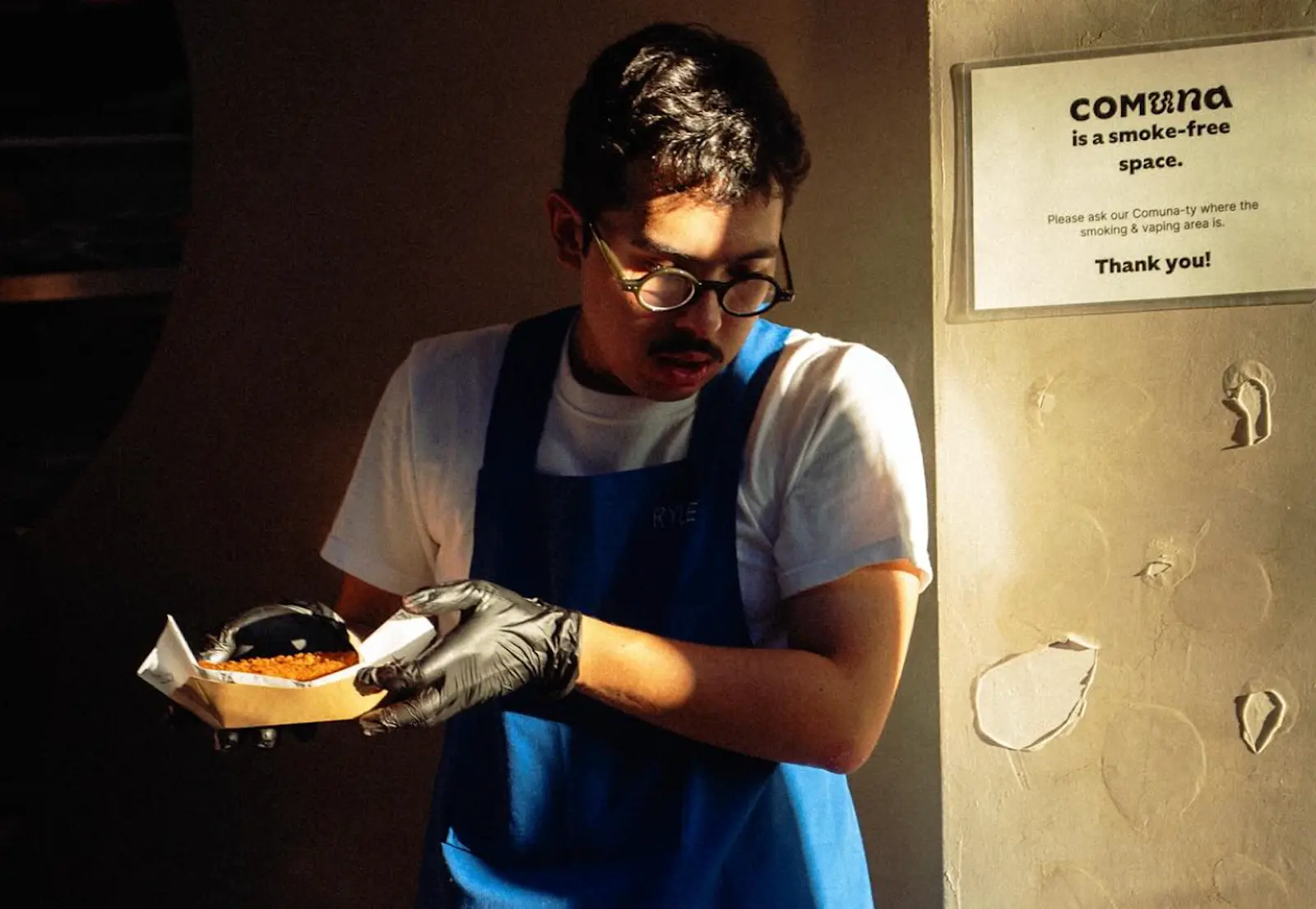
Ryle Ugarte, the chef and force behind the new culinary pop-up Wizard, has always approached food with a sense of play. As a recipe developer and video creator at recipe platform Pepper for the last two years, where he focused on crafting simple yet flavorful dishes for Filipino home cooks, Ugarte quickly learned that cooking must come with a level of comfort and ease.
“The job made me cook pretty much every day,” said Ugarte, “and exposed me to so many recipes (especially Filipino ones) that really put me in the mindset of how one cooks at home. It solidified that food and cooking really are the dream.”
Ugarte attributed his time at Pepper as the reason he gained enough confidence to start Wizard, with the purpose of celebrating “food as a source of fun and magic.” Rooted in the comfort of home cooking, Ugarte’s dishes often come with an extra zing: a schnitzel fried in za’atar breadcrumbs, a pickled onion dipped in sumac, a roasted banana pudding topped with cardamom crumble. “My favorite influences right now are Coco Ichibanya and Automat,” said Ugarte. “I like finding that balance between dishes that are guaranteed to taste good every time and dishes that like to experiment.” Since its first collaboration with party organizer Et Alt in November 2024 (marked by the scent of steamy seared koftas), Wizard has steadily carved out a niche for itself as an if-you-know-you-know culinary experience, adding a level of surprise, delight, and spark to every venue it touches.
Although Ugarte looks up to many of the restaurants of Manila’s dining scene, he wishes there were a greater diversity in produce on diners’ plates. “The agriculture problem in the Philippines is really bigger than all of us,” said Ugarte. “We import more than we export, our farmers don’t have enough capital, and they have no choice but to rely on outdated machinery and systems. And those hardships…you can feel it in the dining scene with menus that taste the same and use the same harvest.”
Ugarte cites grassroots initiatives like Rural Rising Philippines that aim to financially support local farmers and help create sustainable agriculture. “We have to fix these systemic problems, because otherwise they trickle down to restaurant owners and chefs,” said Ugarte. “If special ingredients cost more, F&B owners have a hard time justifying bumping up their budgets, but this also means they’re compromising on taking risks with new ingredients. We owe it to ourselves to make and try new food.”
